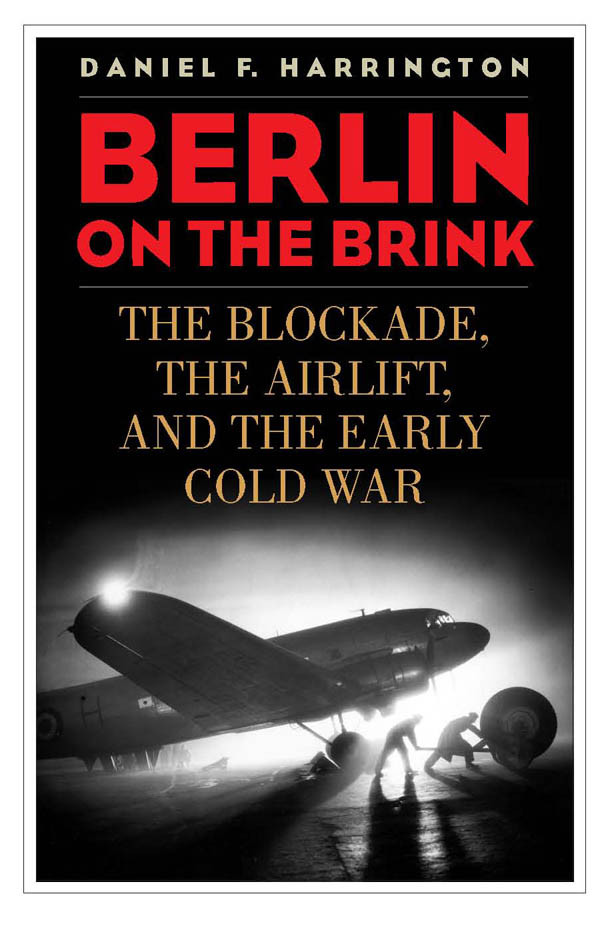

Most ebook files are in PDF format, so you can easily read them using various software such as Foxit Reader or directly on the Google Chrome browser.
Some ebook files are released by publishers in other formats such as .awz, .mobi, .epub, .fb2, etc. You may need to install specific software to read these formats on mobile/PC, such as Calibre.
Please read the tutorial at this link: https://ebookbell.com/faq
We offer FREE conversion to the popular formats you request; however, this may take some time. Therefore, right after payment, please email us, and we will try to provide the service as quickly as possible.
For some exceptional file formats or broken links (if any), please refrain from opening any disputes. Instead, email us first, and we will try to assist within a maximum of 6 hours.
EbookBell Team

4.1
80 reviewsNo place symbolized the cold war more than Berlin, and no event illustrates how East-West conflict developed more than the Berlin blockade. The blockade (June 24, 1948-May 12, 1949) was one of the first international crises of the cold war. During the occupation of post-World War II Germany, the Soviet Union blocked the Western Allies' railway and road access to the sectors of Berlin under Allied control. Their aim was to force the western powers to allow the Soviets to supply Berlin with food and fuel, thus enabling the Soviets to control the entire city. In response, the Allies organized the Berlin airlift to carry supplies to the people in West Berlin. Scholars in recent years have tended to ignore the blockade in the belief that "we now know" all that can be said about it. The success of the airlift in breaking the blockade has led many-after the fact-to see the airlift as the execution of a well-conceived plan of a few diplomats, rather than as a brilliant improvisation by many people, influenced by time and chance. In Time and Chance: A History of the Berlin Blockade, Daniel F. Harrington examines "the Berlin question" from its origin in wartime plans for the occupation of Germany through the Paris Council of Foreign Ministers meeting in 1949. Harrington draws on previously untapped archival sources to challenge standard accounts of the postwar division of Germany, the origins of the blockade, the original purpose of the airlift, and the leadership and decision-making of President Harry S Truman. While thoroughly examining American, British, French, and Soviet diplomacy at the top levels, Harrington also pays careful attention to events on the ground in postwar Berlin and to details of the that led to its success. He demonstrates how the airlift owed its success less to decisions at the top than to the ingenuity and hard work of people at the bottom-pilots, mechanics, and Berliners. Time and Chance reshapes the conventional understanding of a critical event of cold war history and promises to be the definitive book on the Berlin blockade. Daniel F. Harrington is deputy command historian at United States Strategic Command and has published many essays in journals such as Diplomacy & Statecraft, International History Review, and Diplomatic History.